The marketing department in a hotel has a crucial role in increasing revenue. Not only has to do with creating initiatives to attract new guests but also with communicating with previous guests and making them come back.
The Task of Increasing Revenue
Increasing revenue is hard in an industry with many brands competing for the same people. It is very easy for guests to go to another brand, especially as they may go to a different country or city where you don’t have a property.
This means one thing: your communication efforts need to be extremely efficient.
Hotel marketers send out campaigns to all guests to make them book again or sell some extra services. But sometimes, they forget about one thing: personalization. One of the main mistakes that destroy your guest experience is not personalizing your communications.
According to McKinsey, 76% of consumers are more likely to purchase from brands that personalize their communications, and 78% are more likely to repeat purchases. That means there is a big opportunity when you hyper-personalize your approach to each guest, as it will increase the likelihood that your campaigns are successful.
The way to do this is by using all the guest data in all your platforms to tailor the communication you send to your guests. That means different guest audiences will receive different campaigns.
9 Hyper-Personalized Audiences to Increase Your Revenue
All the audiences we are showing can be designed with CRM software like Bookboost’s Multi-Channel CRM, and all the messages can be automated according to specific triggers you can set up on the CRM.
In this article, you’ll find nine audience ideas to hyper-personalize your campaigns to each of them.
1. High Spenders vs. Low Spenders
If you use the data on how much a guest spends on their stay and how much on average per day, you can evaluate and define two different audiences: those who spend a high amount and those who spend a low amount.
By having these audiences, you can offer each of them different messages, services, and events. If they spend more, you can share more expensive services, and if they spend less, focus on more practical and essential services that they may need and want to have.
Campaigns in Practice
First, you need to define what level of expenditure means high spenders and low spenders. From then, you can send campaigns according to those values.
If you send an offer for guests to come back, send a discount to the low spenders on the range they usually pay and send a special package with unique services to high spenders within the range they usually spend.
If you are selling different types of massages, send the regular €20 and less expensive massage to the low spenders and the €80 special massage to the high spenders.
Remember: Your guest data is your best asset, and with a CRM, you can do wonders with it. If you’re not sure if it’s worth it, take a look at 5 ways to increase revenue with a hospitality CRM.
2. First-Timers vs. Returners
People who have never been to your hotel need to learn everything about it for the first time, while returners already know what to expect. That may not seem so relevant, but it is.
Returners came back because they were happy with their experience the last time they stayed in your properties, while with first-timers, you still need to prove yourself. That is relevant for the focus you have on campaigns for each.
Campaigns in Practice
For first-timers, you should focus more on sending all the relevant information they need to get around the hotel and all the services you know can be relevant for them according to the guest data you can access.
However, since it’s the first time they have stayed with you, your data on them is much more limited than the one you have on returners. Thus, for returners, you can focus on optimizing the selling of the products/services you know they liked during their previous stay.
While with first-timers, you can send a campaign with a video explaining how the hotel works or asking if they want to add a tour guide to their stay; with returners, you can focus much more on upselling extra services, much more directed to who they are.
They already know about the basics, so now you need to enhance their experience to the next level so that it’s impressive.
3. Families
Families mean at least one child is in the booking, resulting in specific needs during the stay. Families will not be interested in receiving an invite to a party or to go on an adventure, only applicable to adults.
Thus, if you have an audience only for families, you can direct your campaigns accordingly, not to send irrelevant offers but also to send offers specifically for families’ needs.
Campaigns in Practice
For example, if there is an activity group for children in the hotel with caretakers, you can offer the guests an extra fee to have their child there. Or you can even offer a children’s meal package. There are a lot of opportunities when it comes to campaigns that will increase the chances of success for this specific audience.
4. Short-Stay/Long-Stay
A guest who stays for 3 days will not want the same as a guest who stays for 2 or 3 weeks. It will not be relevant if you offer a short-stay guest a cleaning fee for the room to be cleaned twice weekly. For a long-stay guest, that’s a different story.
Campaigns in Practice
Send a campaign to the short-stay guests showing how they can make the best of their experience with you quickly. Send a campaign to the long-stay guests offering meal packages for their stay.
These are examples of the different approaches you need to take to maximize the experience of these two very different types of guests.
5. Regular Guests
Regular guests know you much better than others. They know how to move around your hotel, which services you offer, how the processes work, and what they can expect. Who can be a regular guest? Business travelers often stay at your hotel whenever they visit their company’s office in that city.
For you, it means you also know them much better than others. With them, you can use the information on their previous stays and focus much more on offering surprises and delightful experiences they are not expecting.
Campaigns in Practice
First, you need to set up how many times they need to come back and in which frequency to be considered regular guests.
From there, you can send campaigns referring to the previous stays. If it’s a leisure traveler, you could say something like: “Hi, Guest X! We know you enjoy a lot our vegetarian meatballs, so why not join our special cooking workshops this week and learn how to make them?”.
If you want them to come back, you can also refer to the previous stays, for example, “Hi, Guest X! We are used to having you around, so we miss you already. You haven’t visited in a few months now. Are you ready to come back yet?”. And then, you can add a specific offer tailored to attract them to return.
6. Returners Who Booked Again Already
Returners are the guests who come back, but for those who have already booked their next stay, you already know when that booking is and know they are coming. Additionally, you know in advance the details of their reservation, and you can prepare yourself for their arrival, selling more personalized services and appreciating them for their loyalty.
Campaigns in Practice
Send them personalized offers according to what you know about their reservation. For example, ask if you want to upgrade their room to the one they had last time or if they want a room with a nice balcony instead.
You can also send them offers on what they enjoyed about their previous stay and ask if they want to have it in this one.
Thank them for their loyalty and show how happy you are about them coming back. Ask what they would like to experience that they didn’t the last time, and even tailor your offers around that. “We have new events since the last time you were here, and we thought you would like to join our late-night comedy show, do you want to take a look?”.
7. Leisure vs. Business
The goal of someone who travels for leisure is completely different from those who travel for business. Leisure travelers want to have fun and make the most of their time, while business travelers are there to work.
To optimize your campaigns, you need to tailor the information and offers you send according to that.
Campaigns in Practice
To a business traveler, you can focus on offering meal packages for the whole stay so they don’t need to worry about it, a co-working space if you have one, and after-working hours relaxation moments such as a time at the spa or a yoga class after a long day looking at the computer.
On the other hand, to a leisure traveller, you can focus on sending tour offers, and experiences throughout the whole day at the hotel, among other leisure-related activities.
8. Loyalty Program
Having a loyalty program means you give guests within that program special access to offers and services. Overall, you give them access to a more exclusive experience than other guests, and it is important to highlight that in your communications so they feel it is worth it.
Campaigns in Practice
In their loyalty program, guests can access a special discount or service if they book 6 times per year in one of your properties. If you get to the middle of the year and they only booked once or twice, you can send them a campaign mentioning that and personalizing an offer with, for example, the type of room they usually like to book.
You can also send them specific information on services that they subscribed to. And you can even send them a campaign with a form asking about what they would like to have in their next stay and make it happen. The possibilities are endless.
9. OTA Bookers
Did your guests book from an OTA, your website, or elsewhere? With that information, you will know you have access to different data. If a guest booked on an OTA, you will not have as much information about them as you do about the guests that booked directly on your website.
At the same time, if they booked via an OTA, it may be the case that they did not see everything you showcased about the hotel on your website.
Thus, you can build campaigns tailored to enrich the data of guests coming from OTAs and also adapt the information you send to show them what they cannot miss.
Campaigns in Practice
Send guests coming from OTAs a campaign asking them to fill in some extra information or showing them the key amenities and services of your hotel, which they probably did not have access to in an OTA. After they leave and when you want to send them an offer to come back, showcase the benefits of booking directly with you and add the link to the booking page.
The best of this is that you can draft all these audiences with your own data and create even more! When you have the right CRM (a multi-channel one, of course), the possibilities are endless!
The Results
By hyper-personalizing your campaigns to specific audiences, you can increase your conversion rates, powering your upselling and, at the same time, increasing your guest loyalty.
You build a relationship with guests based on who they are and show them you care about them and want their experience great.
Free Guide: The Real Way to Recover Direct Bookings and Outcompete Others Long-Term
In this guide, you will find different strategies you can apply to answer the million-dollar question and increase your direct bookings and an approach that will help you stay competitive in the long term. Because this is when you see the real results.
Click here to download the report “The Real Way to Recover Direct Bookings and Outcompete Others Long-Term“.
More Tips to Grow Your Business
Revfine.com is the leading knowledge platform for the hospitality and travel industry. Professionals use our insights, strategies, and actionable tips to get inspired, optimize revenue, innovate processes, and improve customer experience.Explore expert advice on management, marketing, revenue management, operations, software, and technology in our dedicated Hotel, Hospitality, and Travel & Tourism categories.

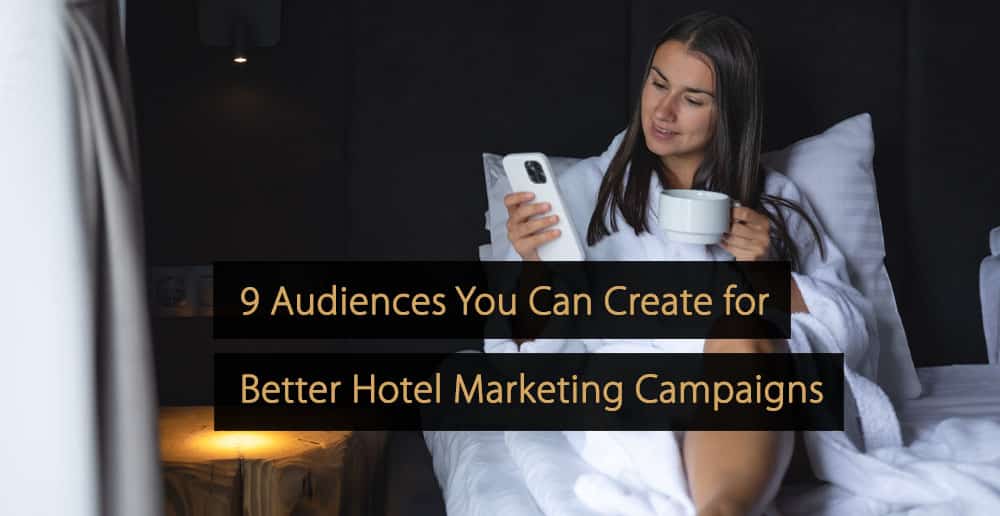
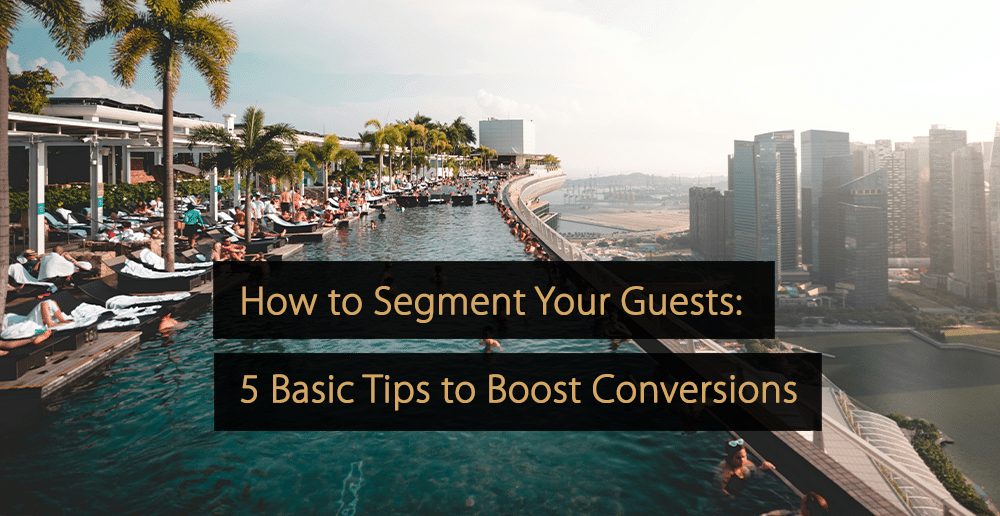
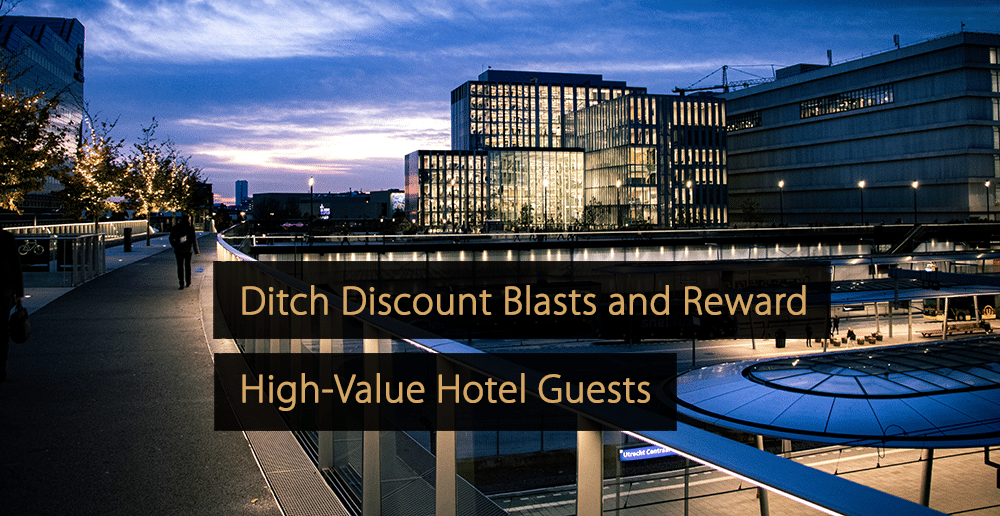
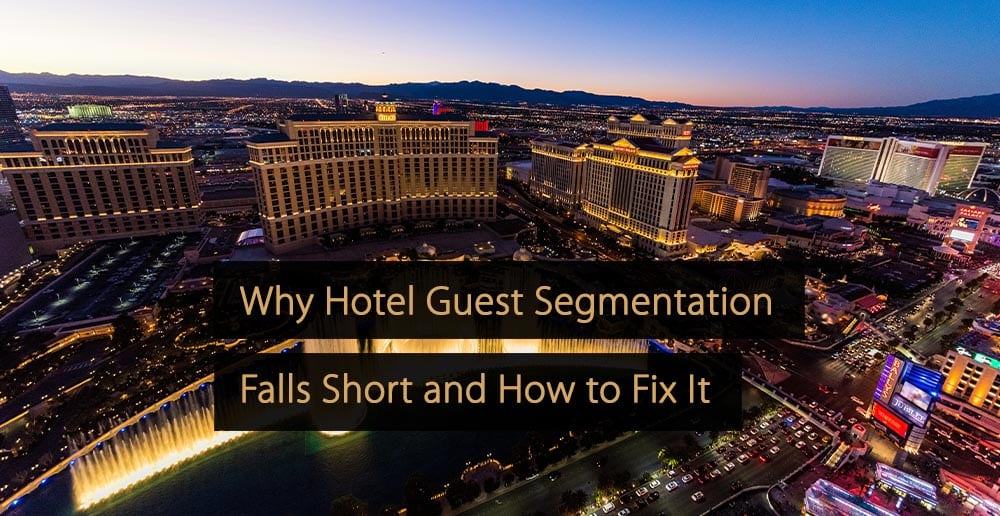
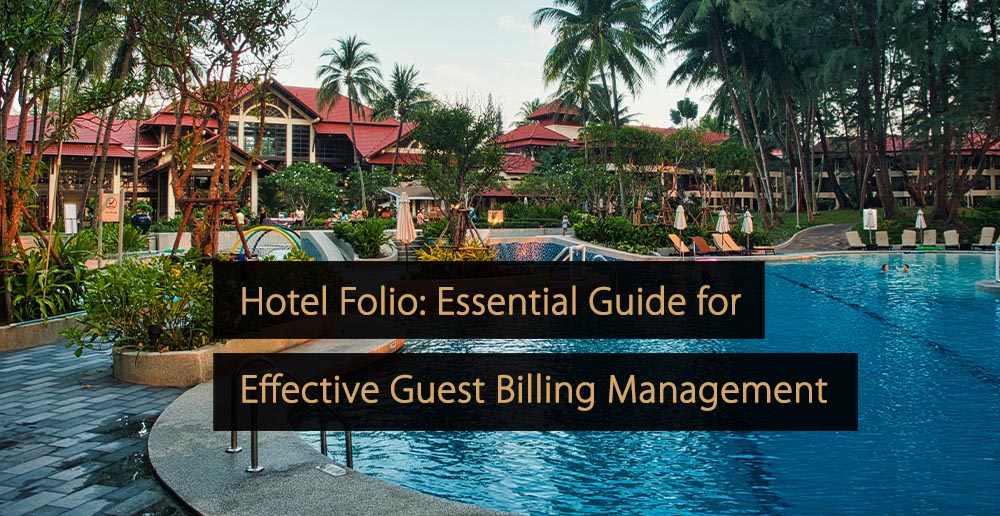
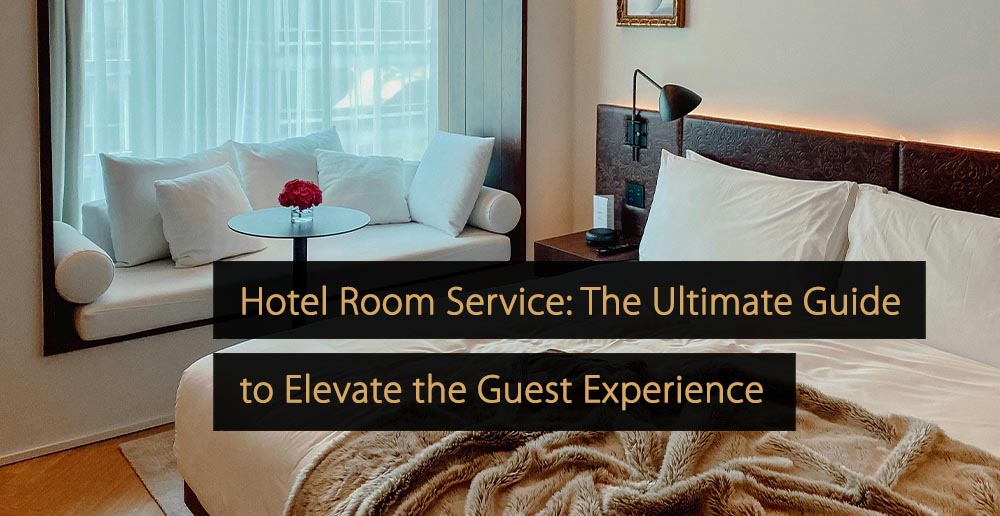
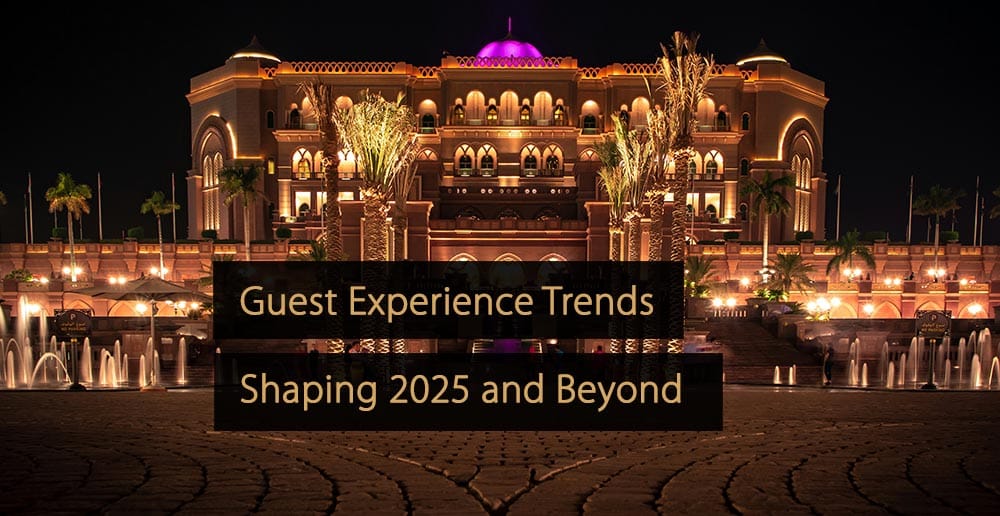
Leave A Comment